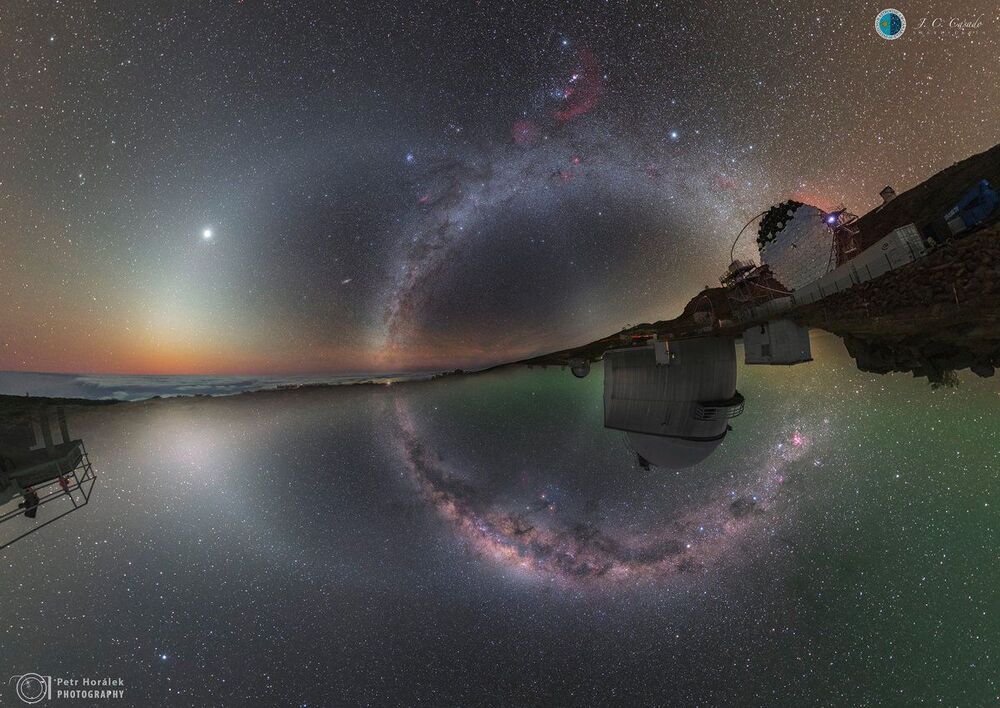Universe Today.
Being able to look up at a clear, dark sky is becoming more and more rare in the rich world. Authors, artists, and even scientists have started to express concern about what our lack of daily exposure to a dark night time sky might mean for our psyche and our sense of place in the universe. Now a team has collected photometric data at 44 sites around the world in an attempt to quantify how dark the night sky actually is at different places on the globe. So where was the darkest place surveyed? The Canary Islands.
It just so happens that the lead researcher on the project, Dr. Miguel Alarcón is from that set of islands off the west coast of Africa. The paper he and his colleagues wrote, soon to be published in The Astronomical Journal, used a series of photometers, confusing called TESS (not to be confused with the Transiting Exoplanet Survey Satellite) to try to get a baseline of how dark the night sky is throughout the world.
The team collected 11 million points of data from places as far apart as Namibia, Australia, and the US. While this did not include some more popular astronomy spots, such as the highlands of Antarctica, it was a good sample of different conditions. As mentioned above, the Canary Islands had the lowest levels of background light of anywhere studied. Only about 2% of the light in the sky at night comes from artificial light at the Roque de los Muchachos Observatory in Garafia.
